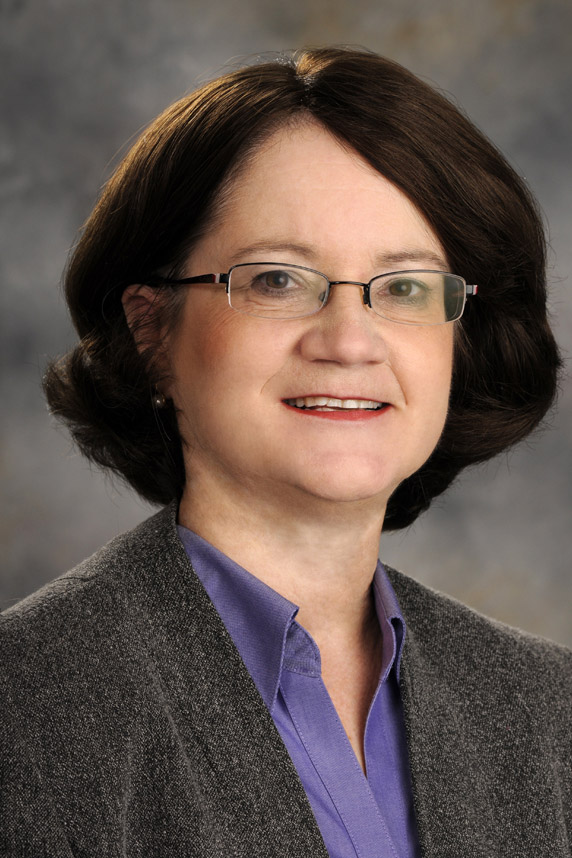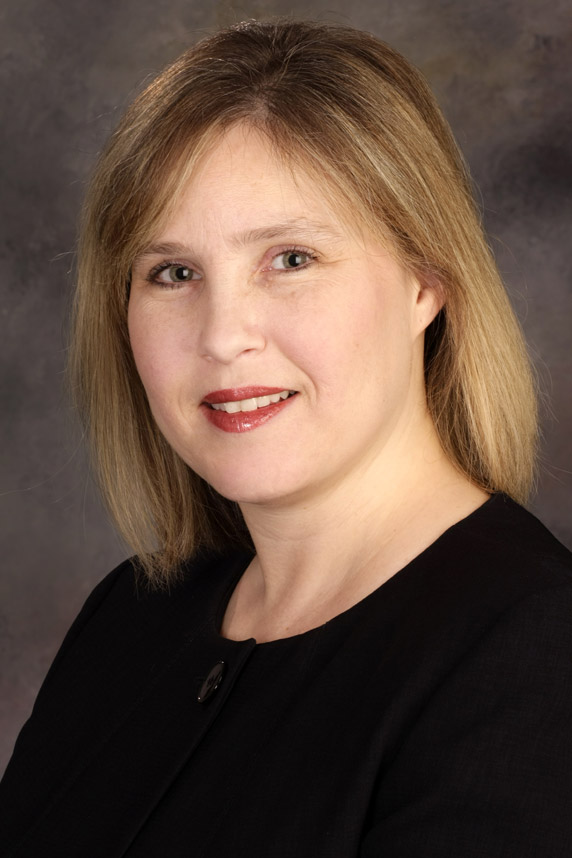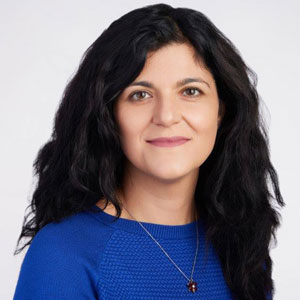NIEHS and the nonprofit organization Autism Speaks hosted the 13th annual Environmental Epidemiology of Autism Research Network (EEARN) meeting May 4 in Stockholm, Sweden. The group meets once a year during the International Society for Autism Research meeting to learn about and discuss the role of environmental contributors and gene-environment interactions in autism.

This year the meeting included a panel discussion about the importance of diversity in autism research, lightning talks on data resources available to researchers, and a poster session highlighting the work of travel awardees and other invited presenters.
“The value of EEARN is bringing together interested investigators to explore the evolving field of environmental autism research and inspire new collaborations,” said Cindy Lawler, Ph.D., chief of the NIEHS Genes, Environment, and Health Branch.
Addressing disparities
Advancing diversity and inclusion to further explore the environmental epidemiology of autism was a prominent meeting theme.
“There has been a gap in autism research cohorts in that they do not account for health disparities and underrepresented populations,” said Astrid Haugen, a health specialist in the Genes, Environment, and Health Branch who helped organize the meeting. “There's a lot that needs to be better understood.”
For example, panelists shared research indicating how environmental exposures that disproportionately affect certain racial, ethnic, and socioeconomic populations may affect the likelihood of an autism diagnosis.
Laura McGuinn, Ph.D., a University of Chicago assistant professor and NIEHS grantee, found that associations between fine particulate matter (PM2.5) exposure during the first year of life and autism spectrum disorder (ASD) were only present among children from lower-socioeconomic neighborhoods.

“There are these disparities, and it's important to take these more upstream social factors into consideration,” McGuinn said.
"Black and Hispanic children, unlike White children, are more likely to be given an autism designation only in school and not a clinical diagnosis," said Aisha Dickerson, Ph.D., of Johns Hopkins Bloomberg School of Public Health.
Dickerson, an EEARN member since 2012, also is investigating the effects of environment and psychosocial stressors like unemployment and food insecurity and how together they may increase likelihood of developing autism.
“We have lots of studies that show that hazardous toxicants and maternal psychosocial stress impact risk of neurodevelopmental disorders, and that exposures across the life course can impact the offspring later,” she said.
Available resources
Attendees also shared existing resources, including the Swedish Register Data, Autism Research with the Danish iPSYCH Resource, and the Danish Big Data Centre for Environment and Health (BERTHA), that can be leveraged to facilitate research.
Kristen Lyall, Sc.D., a long-time EEARN member and NIEHS grantee who is an associate professor at Drexel University, discussed data resources available through the Environmental influences on Child Health Outcomes (ECHO) program.
“An exciting component to ECHO is all the different populations that make it up,” said Lyall. More than 30% of the participants are non-White — from Puerto Rican, Navajo, Black, and Hispanic groups — and diversity is increasing, according to Lyall.
Trainees and their mentors can look to such resources to address new autism research questions and plan for future studies.
(Susan Cosier is a contract writer for the NIEHS Office of Communications and Public Liaison.)









